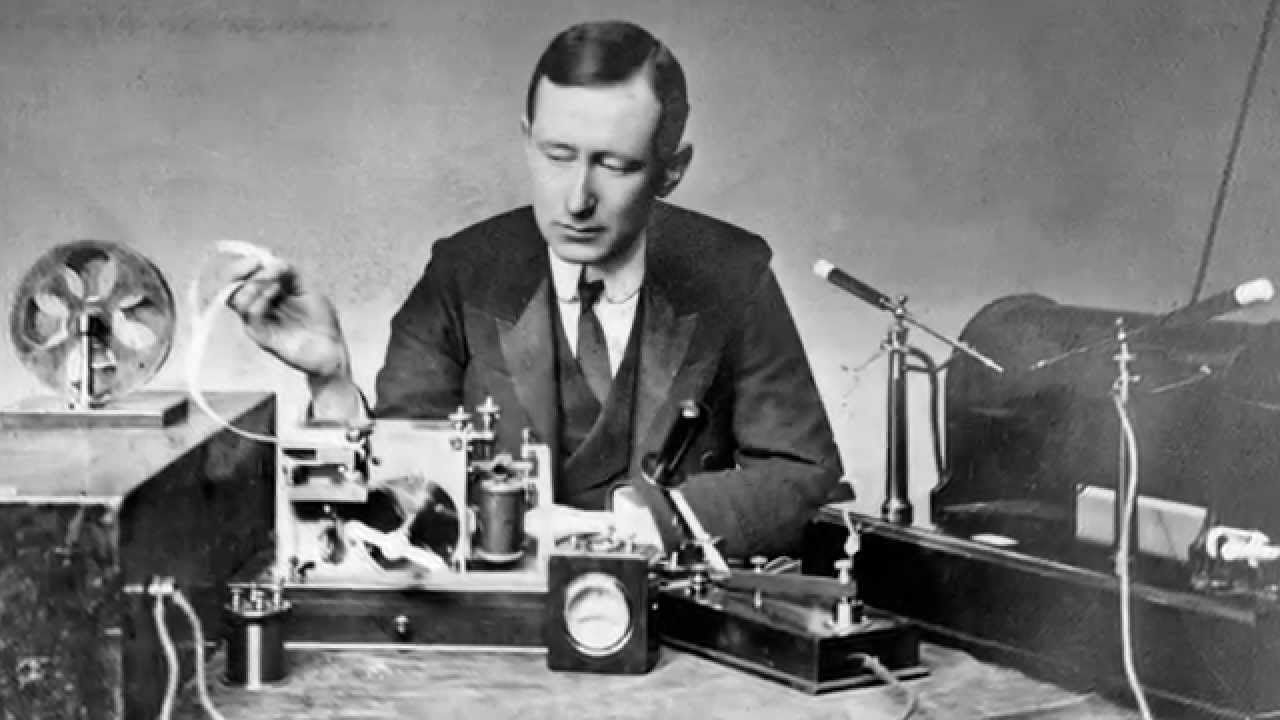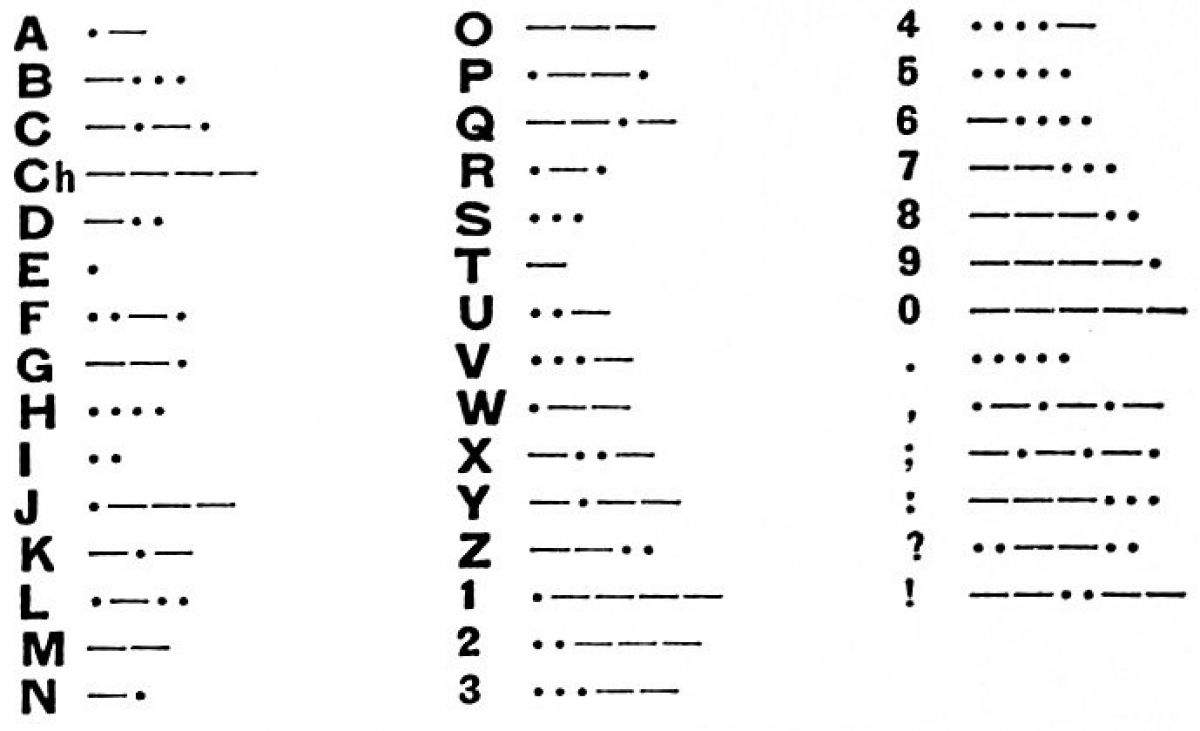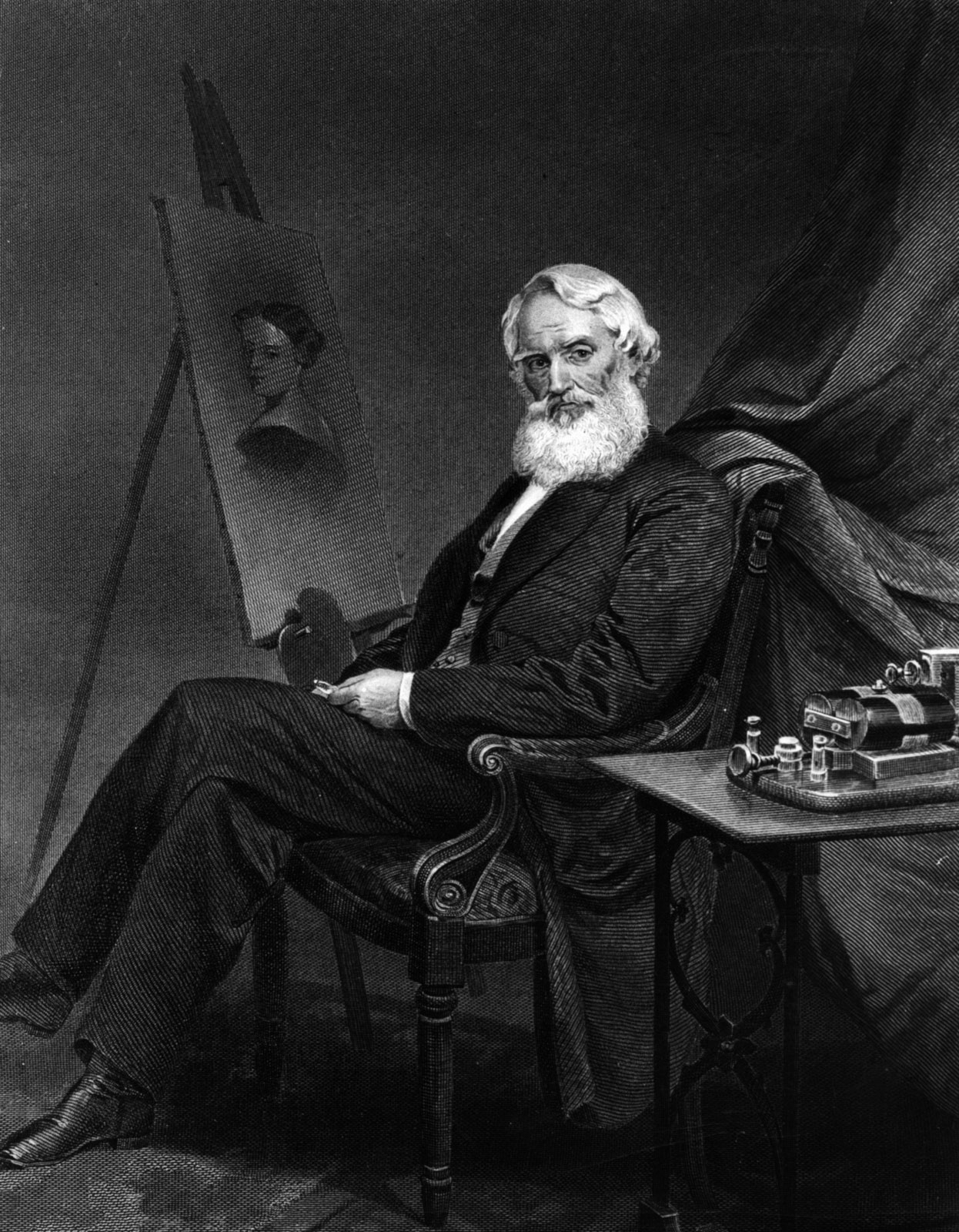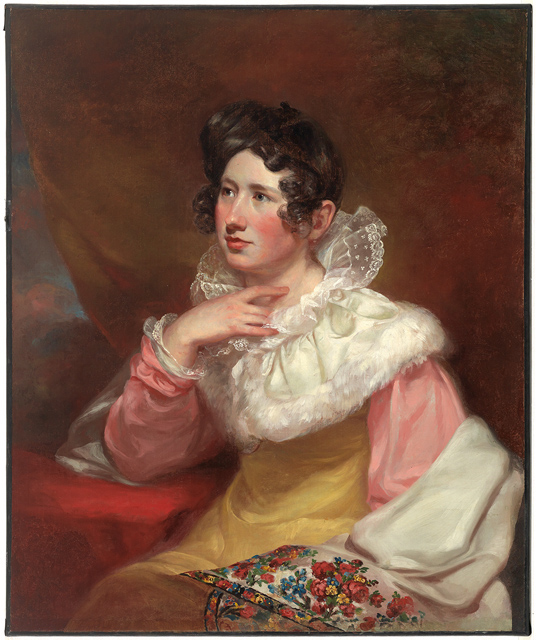Military Communication through Dits and Dahs

Guglielmo Marconi (Gass)
"If the presence of electricity can be made visible in any part of the circuit, I see no reason why intelligence may not be transmitted instantaneously by electricity." -Samuel Morse
Background
Morse Code was invented in 1836 by Samuel F. B. Morse, Alfred Vail, and Joseph Henry. They came up with sequences of dits and dahs (dots and dashes) that first represented numbers, then letters, and soon after also represented punctuation. The idea was the most used letters have simpler patterns, for example the letter E has only one dot and the letter Z has dash-dash-dot-dot as its pattern. The most used Morse Code sequence is SOS, since the pattern is so easy to remember. The SOS distress signal does not stand for anything though people have put in words like "Save Our Ship" (Wonderopolis).
"Vail virtually redesigns Morse's telegraph, making the machine more efficient and reliable" (Man Behind Morse Code).

International Morse Code (Hull)
Samuel F. B. Morse
"Samuel Morse's full name was Samuel Finley Breese Morse. He was born on April 27, 1791, in Charlestown, Massachusetts. In 1805, at the age of 14, he entered Yale College (present-day Yale University) in Conneticut. He did not study much, though he liked chemistry and lectures about electricity. He also drew pictures of his classmates and sold them for spending money. This activity helped him to decide to be an artist. In 1832, on his return voyage to America, Morse heard passengers talking about electromagnetism, an electric force that causes something to act like a magnet. Someone said that electricity could travel in an instant on an electric wire of any length. This idea caught Morse's imagination" (Alter).

Samuel Morse (Maybee)

"Lucretia Walker Pickering Morse," Painting by Samuel Morse (Morse)
His Motive
"In 1818, Samuel Morse married Lucretia Walker. They had three children- Susan, Charles, and Finley. Morse still traveled to sell his portraits. He and Lucretia had dreamed of the day he could support their family by doing historical paintings, which he enjoyed doing more than portraits. Morse's fame was growing. While in Washington, he received news that Lucretia had died suddenly. Morse was lonely and heartbroken" (Alter).
Since people only communicated using letters or face-to-face conversations at the time, Morse found out about Lucretia's death days later, and even missed her burial. This traumatic event in Morse's life sparked the interest to change communication.
"The first message sent by Morse code’s dots and dashes across a long distance traveled from Washington, D.C., to Baltimore on Friday, May 24, 1844 — 175 years ago. It signaled the first time in human history that complex thoughts could be communicated at long distances almost instantaneously. Until then, people had to have face-to-face conversations; send coded messages through drums, smoke signals and semaphore sytems; or read printed words" (King).
"What hath God wrought?"- Samuel Morse
The First Message Sent (Samuel Finley Breese Morse)
Communication Revolution
"The electric telegraph transformed how wars were fought and won and how journalists and newspapers conducted business. Rather than taking weeks to be delivered by horse-and-carriage mail carts, pieces of news could be exchanged between telegraph stations almost instantly. The telegraph also had a profound economic effect, allowing money to be 'wired' across great distances. Even by the end of the 19th century, however, new technologies began to emerge, many of them based on the same principles first developed for the telegraph system. In time, these new technologies would overshadow the telegraph, which would fall out of regular widespread usage. Although the telegraph has since been replaced by the even more convenient telephone, fax machine and Internet, its invention stands as a turning point in world history" (History).
"The telegraph was nothing short of a revolution" (KeanTelevision).
Guglielmo Marconi
Guglielmo Marconi is famous for the invention of the wireless telegraph. He was born April 25, 1874, and was interested in physics during college. He was specifically fond of experimenting with electricity and sending electric signals. Some of his goals were to increase distances for signal range. With his discoveries, he turned to radio broadcasting and communication to help with navigation services. He received many honorary awards and a Nobel Prize for Physics for the development of wireless technology, which contributed to communication today (Smith).
"In the new era, thought will be transmitted by radio." - Guglielmo Marconi



